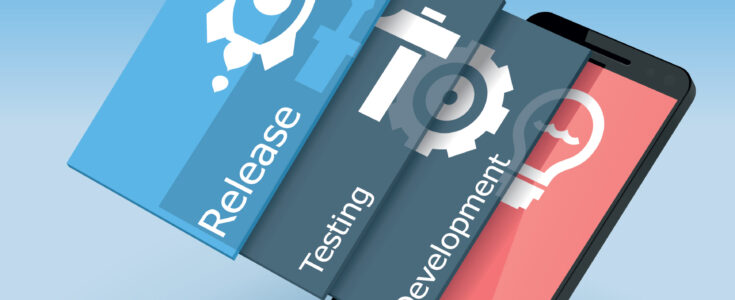

In the new age of mobility, enterprises need to move faster and be more flexible to remain relevant, prompting fundamental changes in how we view the software development world. While this transformation isn’t as monumental as the concept of our physical world changing from flat to round, it does require a paradigm shift in the work processes underlying software development and testing.
Application development workflows are shifting left. In other words, development is moving away from linear left-to-right and top-down Waterfall processes to integrate testing and quality continuously throughout the process, allowing new apps to reach the market faster. Test automation and collaborative methodologies like Agile and DevOps are being embraced as part of an overall Quality Engineering (QE) approach.
Quality Engineering means that software quality is tested, analyzed and improved continuously in the application development lifecycle, differing from the traditional worldview where Quality Assurance (QA) was tacked onto the end of the software development process. This not only reduces time to market, it also delivers the added bonus of improved overall project management and troubleshooting, preventing defects as well as detecting them for a better end result.
Now, as we make this shift from QA to QE, the tools we use for application development also need to change, enabling support for Continuous Integration and Continuous Delivery (CI/CD) methods. Relying on the best test and automation tools and platforms helps smooth the transition to a new QE worldview. With that in mind, here are some popular CI/CD tools available today.
Build
Test
Deploy
There’s no question that transitioning from QA to QE delivers speed and flexibility in testing, as well as throughout the entire development cycle, while improving reliability and cutting costs. Relying on the best automation and testing tools and services enables businesses to make this leap successfully, accelerating innovation to get new products and features to market faster for real competitive advantage. And isn’t that the name of the game?
Working with remote teams to develop and release new products has become the norm for almost all aspects of software development. Nowhere is that more true than in the mobile...
The pace of change in mobile app development has been mind-blowing. Here at Apexon, we’ve been working on mobile apps since their inception. With every project we learn...
Agile development is seemingly all around us. According to Forrester, “Since 2013, twice as many companies are using agile techniques to create more value for their business,...